

Permaculture Principles for Sustainable Gardening: A Comprehensive Guide to Thriving Ecosystems
Introduction
In a world where the environment is constantly under threat, sustainable gardening practices have never been more vital. Enter permaculture—a holistic approach that marries agriculture with ecology, creating self-sustaining ecosystems that thrive on principles inspired by nature itself. Imagine a garden that not only produces abundant food but also nurtures biodiversity, conserves water, and enriches the soil—all while requiring minimal external inputs.
Permaculture isn’t just about growing plants; it’s about creating a thriving environment that works in harmony with nature. This method promotes the idea that every element in your garden has a purpose and a role to play. For example, chickens can be both pest controllers and composters, while fruit trees provide shade for delicate herbs below. The goal is to mimic natural ecosystems where everything is interconnected.
Permaculture is often described as a framework for designing sustainable systems. By observing your environment, you can make informed decisions that enhance the productivity of your garden. Whether you’re working with a small balcony or acres of land, the principles of permaculture can be adapted to fit your space. This guide unveils the core permaculture principles that will empower you to transform your gardening space into an eco-friendly haven.
So, grab your gardening gloves and prepare for a journey that not only nourishes your body but also restores the earth. Together, we’ll explore how to cultivate a garden that’s not just sustainable, but thriving with life, creativity, and a dash of humor.
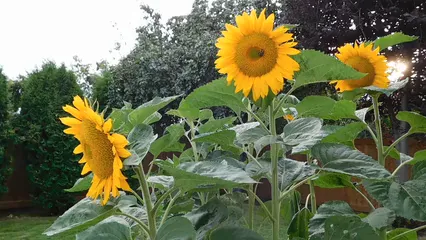
Summary of Key Points
Permaculture is more than just a gardening technique; it’s a philosophy grounded in ethics and principles aimed at achieving sustainability. This article will explore 12 foundational permaculture principles that can be applied to create a flourishing garden. By observing and interacting with your land, you can make informed decisions about plant choices and garden designs. Energy conservation methods, such as rainwater harvesting and composting, will be discussed to enhance resource efficiency.
We’ll also cover the importance of biodiversity in promoting resilience against pests and diseases, as well as the value of integrating rather than segregating plants for optimal yield. Additionally, the article will highlight practical tips for applying these principles in your garden, focusing on small, slow solutions that allow for gradual adaptation and improvement.
Through this exploration, you will gain insights into how to create a thriving permaculture garden that not only meets your needs but also contributes positively to the environment. Stay tuned to discover practical strategies that will lead you toward sustainable gardening success. In this eco-adventure, every seed planted is a step toward a greener planet, and every harvest is a reminder of your contribution to the earth. So, let’s cultivate not just plants, but a community of sustainability enthusiasts!

Understanding Permaculture
What is Permaculture?
Permaculture combines “permanent” and “agriculture.” It’s a sustainable gardening approach founded by Bill Mollison and David Holmgren in the 1970s. This method emphasizes designing landscapes that mimic natural ecosystems, enhancing productivity while minimizing resource use.
At the core of permaculture are three ethics: Earth care, People care, and Fair share. These principles guide our interactions with the environment, promoting harmony and sustainability. Permaculture isn’t just a gardening technique; it’s a lifestyle. It encompasses everything from growing food to building resilient communities.

The Benefits of Permaculture
Permaculture offers numerous advantages. First, it encourages sustainability and resource conservation. By using organic practices, you reduce chemical inputs, promoting healthier soil and ecosystems. Consider adding a compost bin to recycle kitchen scraps and enrich your soil!
Second, permaculture enhances biodiversity and ecosystem resilience. A diverse garden attracts beneficial insects, reducing pest issues. It creates a balanced environment where various species thrive together.
Lastly, permaculture promotes self-sufficiency and local food production. By growing your own food, you decrease dependency on industrial agriculture. You can enjoy fresh produce while supporting your local ecosystem. Consider starting with a vegetable seeds variety pack to get started!
In essence, permaculture is about creating thriving, self-sustaining gardens. It fosters a connection to the land, encouraging mindful practices that benefit both you and the planet.

Practical Applications of Permaculture Principles
Setting Goals for Your Permaculture Garden
Before diving into permaculture, define your gardening goals. Do you want to grow food, enhance aesthetics, or support local wildlife? Setting clear objectives helps shape your garden design.
Consider common goals, such as maximizing yield or improving soil health. These targets provide direction and motivation as you embark on your sustainable gardening journey. You might find a raised garden bed kit helpful for organization!

Community Engagement and Learning
Community is vital in permaculture. Engaging with fellow gardeners fosters sharing of resources and knowledge. Local gardening groups can offer insights and support, enhancing your gardening experience.
Collaborating with others encourages a sense of belonging. It creates a network of like-minded individuals passionate about sustainability. This support system can significantly impact your gardening success. Why not share tips over a cup of tea while using gardening tools set?
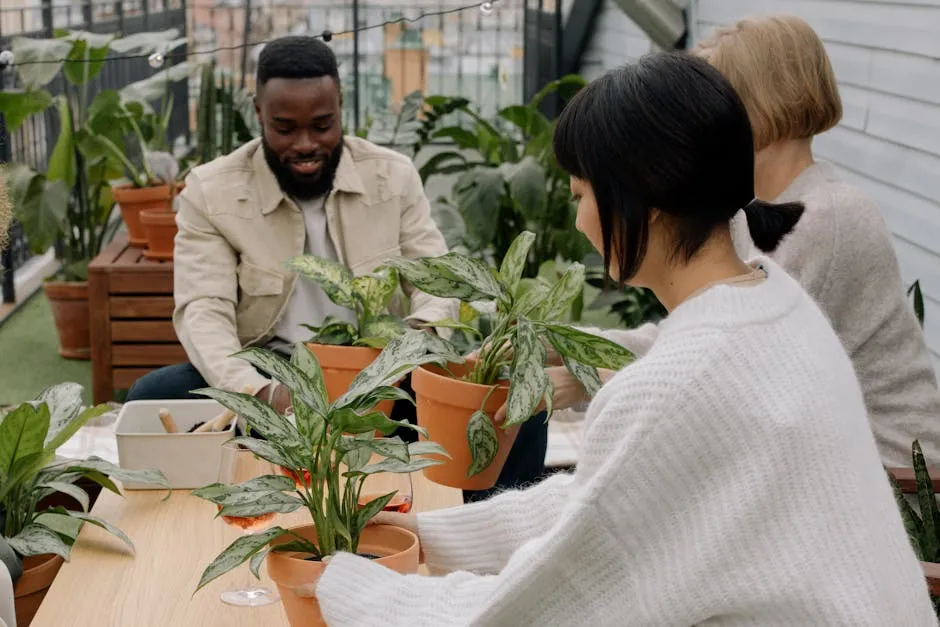
Common Challenges and Solutions
Like any gardening endeavor, permaculture comes with challenges. Misconceptions about its complexity can deter beginners. However, starting small and gradually scaling up can ease the learning curve.
Overcoming gardening challenges often involves trial and error. Embrace mistakes as learning opportunities. Seek advice from experienced permaculturists to navigate hurdles effectively. A soil testing kit can provide insights on your soil health!
By adopting permaculture principles, you can create a sustainable garden that thrives and enriches the environment. With patience and commitment, your garden will flourish, reflecting the beauty and diversity of nature.

The 12 Principles of Permaculture
Principle 1: Observe and Interact
Observation is the cornerstone of effective garden design. It’s like being a detective in your backyard! Take time to watch how sunlight, wind, and water flow interact with your plants. Real-life examples abound; for instance, a gardener may notice that certain areas remain shady throughout the day. This insight leads to planting shade-loving plants there, maximizing the garden’s potential. By simply observing, you can make informed decisions that enhance your garden’s productivity and health.
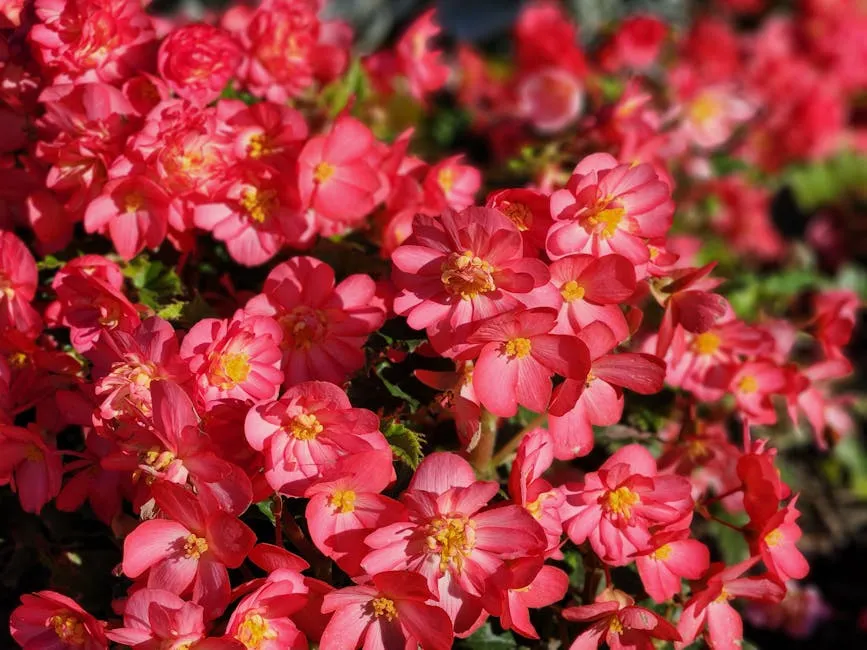
Principle 2: Catch and Store Energy
Energy comes in various forms—sunlight, rainwater, and even plant growth. This principle encourages using techniques like rainwater harvesting and composting. For instance, a rain barrel can store precious water for drier days, while composting kitchen scraps enriches the soil with vital nutrients. By capturing and storing energy when it’s abundant, you ensure your garden remains resilient and productive, even during lean times.

Principle 3: Obtain a Yield
Permaculture isn’t just about sustainability; it’s also about productivity. Designing your garden to yield food, energy, and resources is essential. This can include everything from fresh vegetables to energy from solar panels. For example, a well-planned vegetable garden can provide a bounty of produce, while beehives can supply sweet honey. The key is to ensure that your hard work pays off, creating a cycle of abundance that benefits both you and the ecosystem.

Principle 4: Apply Self-Regulation and Accept Feedback
Gardening is a constant learning process, where successes and failures teach valuable lessons. This principle encourages you to create self-regulating systems, such as incorporating beneficial insects for natural pest control. If a particular plant struggles, it’s a signal to try something else. Feedback from your garden helps you adjust and refine your practices, fostering a more resilient and harmonious ecosystem.

Principle 5: Use and Value Renewable Resources and Services
In permaculture, renewable resources are the heroes of sustainability. This principle emphasizes the importance of using resources that regenerate naturally, such as planting perennials that come back year after year or harnessing solar energy. For example, using fallen leaves as mulch not only enriches the soil but also suppresses weeds. By prioritizing renewable options, you contribute to the health of your garden and the planet. Have you tried using a garden sprayer for efficient watering?

Principle 6: Produce No Waste
Nature teaches us that there’s no such thing as waste—everything serves a purpose. In a permaculture garden, composting kitchen scraps and yard waste creates nutrient-rich soil. This closed-loop system minimizes landfill contributions while enriching your garden. Imagine turning what was once waste into a valuable resource, enhancing your garden’s health and productivity. You can also consider a worm composter to produce rich vermicompost!
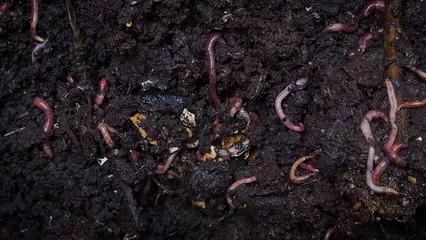
Principle 7: Design from Patterns to Details
Nature is full of patterns, and this principle encourages you to recognize and utilize them in your garden design. For instance, planting in spirals or concentric circles can optimize space and resources. Observing natural patterns helps create a balanced ecosystem where everything works together harmoniously. Practical tips include zoning your garden based on sunlight and water flow, ensuring each plant thrives in its designated spot.

Principle 8: Integrate Rather Than Segregate
Integrating plants and animals creates a thriving ecosystem. Companion planting, for instance, enhances growth and pest control. Imagine tomatoes cozying up with basil. They not only taste great together but also repel pests. Real-world examples abound, like using chickens to control insects while providing nutrient-rich manure. This synergy boosts your garden’s productivity, making it a vibrant community of plants and critters working together. Think of your garden as a team—each member plays a vital role. With integration, every element contributes to a healthier, more sustainable environment.
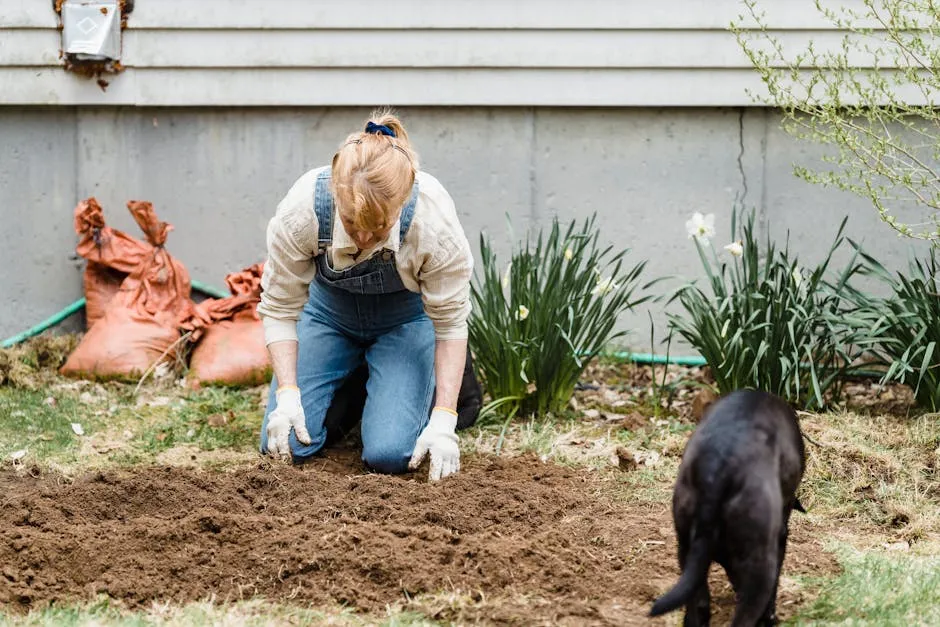
Principle 9: Use Small and Slow Solutions
Gardening doesn’t have to be a sprint; it’s more like a leisurely stroll. Implementing small, manageable changes can lead to significant improvements over time. Start with a single raised bed or a couple of pots filled with herbs. This approach minimizes overwhelm and allows you to learn as you go. As your confidence grows, expand your garden gradually. Before you know it, you’ll have transformed a small space into a flourishing oasis. Remember, slow and steady wins the gardening race!
Principle 10: Use and Value Diversity
Diversity is the spice of life—and gardening! A varied planting strategy enriches your garden’s ecosystem. It enhances resilience against pests and diseases. Think of planting flowers alongside vegetables; they attract beneficial insects that pollinate and protect. Polycultures, or growing multiple crops together, reduce the risk of total crop failure. By mixing it up, you create a balanced environment where plants thrive. So, don’t be shy—embrace the beauty of diversity. Your garden will thank you with bountiful harvests and vibrant life!
Principle 11: Use Edges and Value the Marginal
Don’t overlook the edges of your garden! Marginal areas often harbor untapped potential. These spaces, like boundaries and pathways, can be productive. Planting herbs or berries along borders enhances biodiversity while yielding delicious treats. Consider vertical gardening on fences or trellises to maximize space. Even a narrow balcony can become an edible paradise! By valuing these often-neglected areas, you can create a lush, productive garden that utilizes every inch. Every corner counts in the quest for sustainable gardening!
Principle 12: Creatively Use and Respond to Change
Change is inevitable, especially in gardening. Embrace it! Adapting to environmental shifts and challenges can lead to innovative solutions. If a plant struggles, consider why—maybe it needs more sunlight or a different companion. Use fallen branches for hugelkultur beds or turn excess produce into preserves. Resilience is key. Implement strategies that allow you to pivot and thrive. By creatively responding to change, you cultivate a garden that not only survives but flourishes. After all, flexibility is the secret ingredient to a successful permaculture garden.
Conclusion
By embracing the principles of permaculture, you have the opportunity to create a sustainable garden that not only flourishes but also contributes positively to the environment. This journey requires patience, observation, and a willingness to adapt, but the rewards are immeasurable. A thriving ecosystem, rich in biodiversity and productivity, awaits you.
Permaculture encourages you to work with nature rather than against it. It’s about understanding the interconnectedness of all elements in your garden. The plants, animals, and soil all play vital roles in creating a balanced ecosystem. Each time you step into your garden, you’re part of this beautiful dance of life.
Start by setting clear objectives for your garden. Whether it’s to produce food, enhance aesthetics, or support local wildlife, your goals will guide your decisions. Engage with your community for support, knowledge, and shared resources. Remember, gardening is a collective effort!
While challenges may arise, view them as opportunities to learn. Embrace the flexibility that permaculture offers. Adjust your practices based on observations and experiences, and watch your garden evolve over time. With each season, your garden will become a testament to your commitment to sustainability.
As you cultivate this living space, you’re also nurturing a deeper connection with nature. Each harvest becomes a reminder of your efforts and the potential of working in harmony with the environment. So, roll up your sleeves and get ready to enjoy the bountiful rewards of permaculture gardening!
FAQs
Please let us know what you think about our content by leaving a comment down below!
Thank you for reading till here 🙂
All images from Pexels



